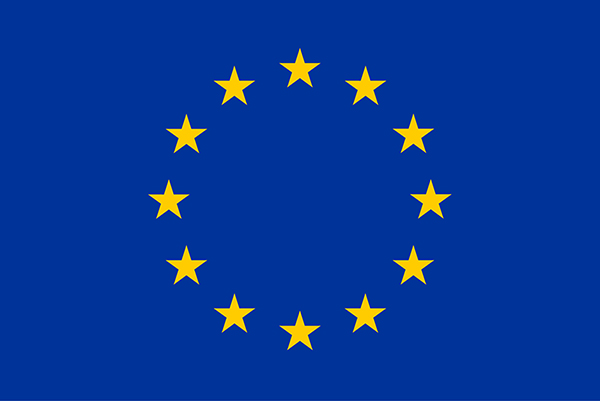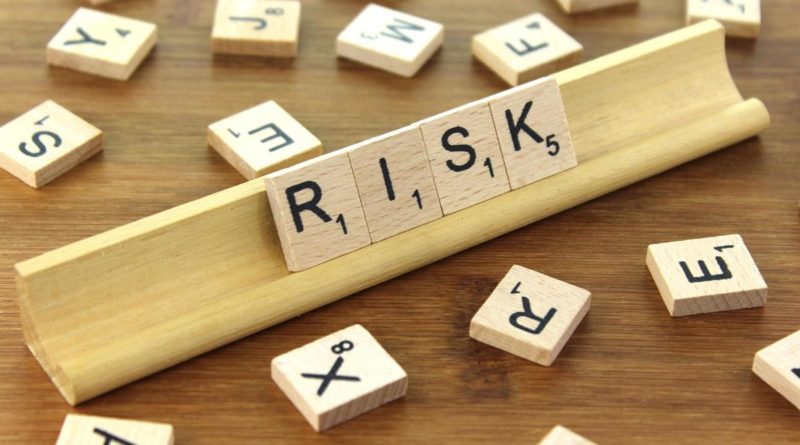A risk governance framework for assessment and management of human and environmental risks of manufactured nanomaterials
caLIBRAte project has now passed its initial phase, having identified existing knowledge, data, and nano-specific risk assessment tools and models to support development of a nano-risk governance framework. caLIBRAte has clarified the opinions and needs for risk governance amongst stakeholders including industry, regulators, the public and the insurance sector. A major new activity is user testing of different control banding and risk assessment tools considered for potential inclusion in our risk governance framework and this is open for you to get involved, so read on the 1st newsletter!
The caLIBRAte project is establishing a state-of-the-art risk governance framework for assessment and management of human and environmental risks of manufactured nanomaterials (NM) and MN-enabled products during innovation and after product launch. The risk governance framework will contain a web-based “system-of-systems†aligning different tools along a innovation stage gate model considering the elements for assessment of emerging and identified risks. The framework will include:
- Tool for horizon scanning of apparent and perceived risks and trends in nanotechnology
- Tools for nanospecific control banding and human and environmental risk assessment
- Tools for multi-criteria decision support
- Guidance on good practise and data generation
Click here to help test risk governance models
Project achievements September 2017
Horizon scanning:
- Aim: Evaluate needs and perspectives for risk governance and develop a Nano-Risk Radar web-tool to enable horizon scanning of “hot spots†and monitoring of nano-specific risks
- Achievements: A 1st stage of a stakeholder Delphi survey on nano risk perception, knowledge and governance needs is complete, with 2nd stage being finalized. caLIBRAte is compiling information on existing horizon risk scanning tools for development of a caLIBRAte nanospecific horizon scanning tool.
Human risk assessment models:
- Aim: Identification and refinement of existing nano-specific occupational and consumer hazard, exposure and integrated human risk assessment tools (HRA models), with development of next generation predictive human hazard and exposure assessment methods and models.
- Achievements: Stakeholders consultation to identify HRA strategies and needs during nano innovation and product development. Nano-specific HRA models according to stakeholder needs. Models have been initially identified as suitable for the nano risk governance framework and will undergo testing.
Environmental risk assessment models:
- Aim: Identification and refinement of existing nano-specific environmental risk assessment (ERA) tools and models. Refinements and consider further development of next generation methods for assessment of ecotoxicological effects and exposure.
- Achievements: Stakeholders have been consulted to identify their needs and strategies for ERA during innovation and product launch. A review and ranking of environmental exposure, hazard and risk assessment models is being finalized for the initial model testing.
Risk evaluation, mitigation and communication:
- Aim: To integrate, test and refine a decision support tool to compile information from risk assessment data to be weighed against benefits and mitigation costs. The role of soft governance aspects will be investigated to develop tailored guidance for risk mitigation and communication.
- Achievements: Stakeholder risk perceptions and governance needs were identified in collaboration with the Delphi survey. Interviews conducted with innovators and companies with established production to understand risk management procedures and needs.
Physicochemical and hazard data:
- Aim: To establish an integrated data management system with data on NM properties and behaviour. New toxicological data will be generated to address specific research questions and for model testing to improve the quality of the risk assessment and risk governance of NMs.
- Achievements: A eNanomapper-caLIBRAte database is established, with data from NANoREG, a subset of MARINA data and ongoing collection. A test and synthesis strategy for generation of new data and 9 new high-quality test materials have been produced for testing for the role of surface area porosity and doping of toxic compounds on the hazards of higher generation nanomaterials.
Exposure case studies:
- Aim: To establish state-of-the art value chain case studies on occupational exposure and environmental release from production and use of NM and NM-enabled products along their lifecycle, to support model development, calibration and demonstration of the caLIBRAte ‘SoS’ framework.
- Achievements: 50 case studies and associated experimental work have been identified across existing projects, and data in these case-studies are being analysed for gaps. 8 companies from different stages of innovation and established production have been contacted for generation of additional case studies.
Testing and validation of models and the risk governance framework
- Aim: To assess and test the different framework models and tools regarding their user-friendliness, data requirements, use domains and applicability for intended use. A final task is to demonstrate the risk governance
framework based on value-chain case-studies. - Achievements: 14 human and environmental control banding and risk assessment models have been collated and mapped with preparatory work for automated runs of tools for high-through-put sensitivity testing. Development of a model performance testing strategy is underway.
Framework development:
- Aim: To develop the caLIBRAte web-based Systems-of-System nano-risk governance framework for safe innovation and management of established production of nanomaterials and nano-enabled products.
- Achievements: Initial stakeholder research indicated that current guidance and regulations linked to MN are insufficient, identifying unregulated areas, including risk management at the end of life.

This project has received funding from the European Union’s Horizon 2020 research and innovation programme under Grant Agreement 686239

